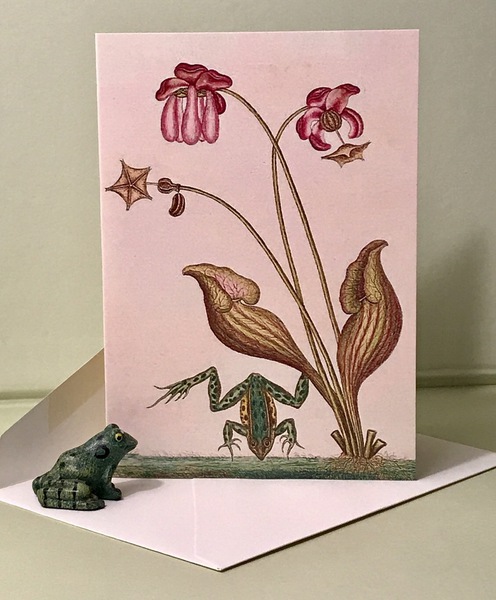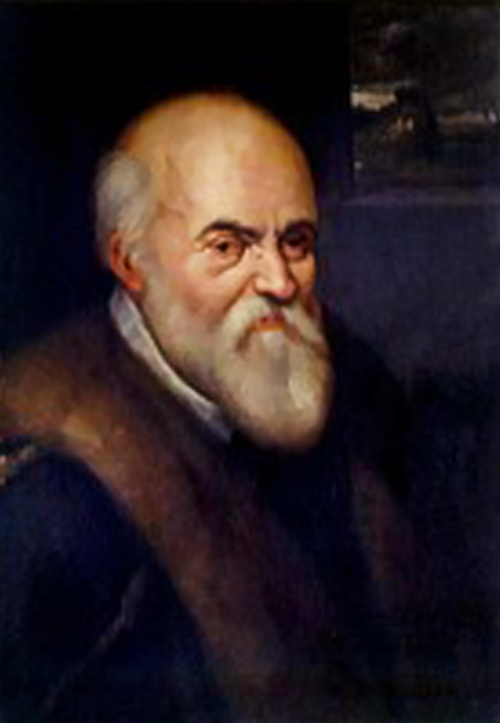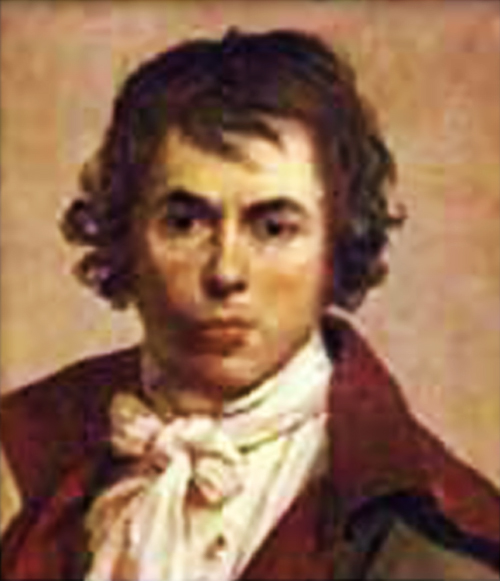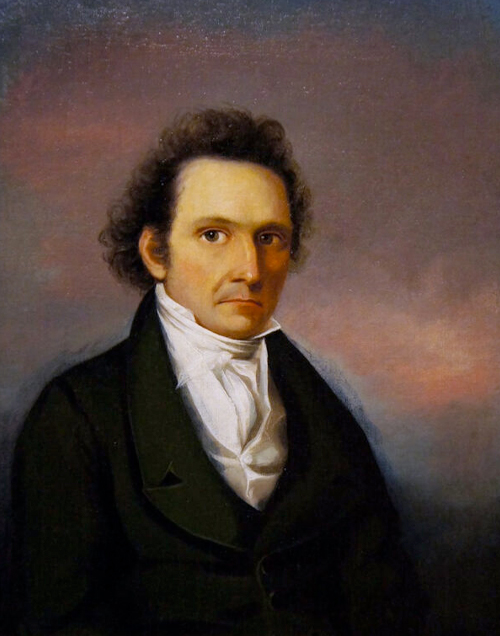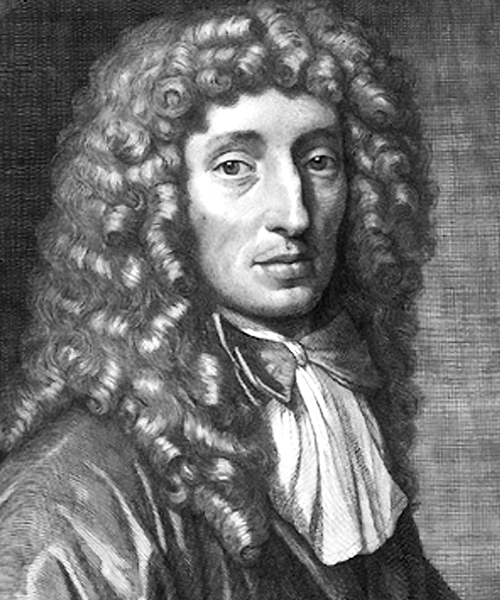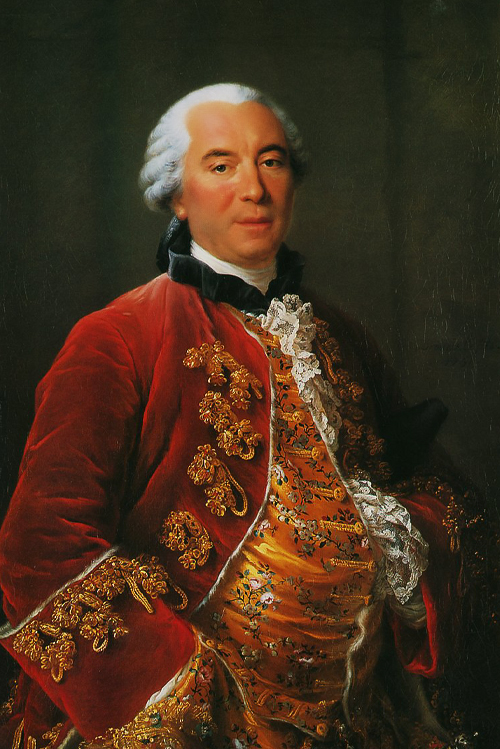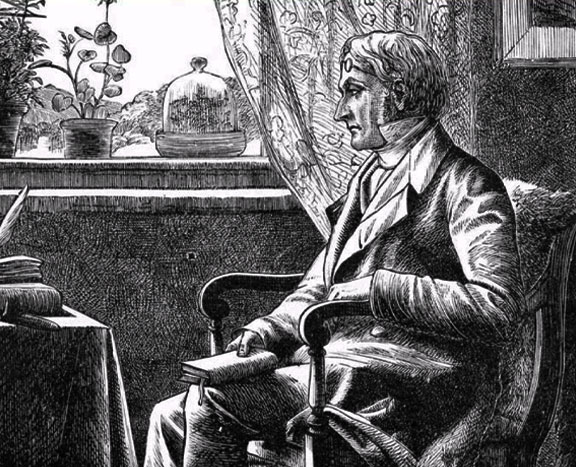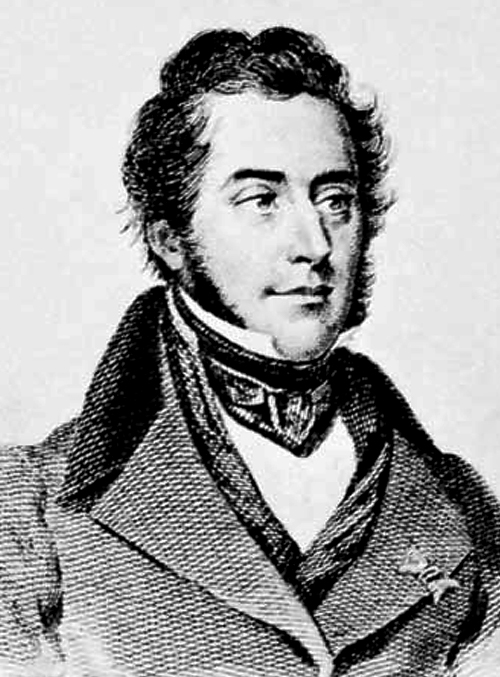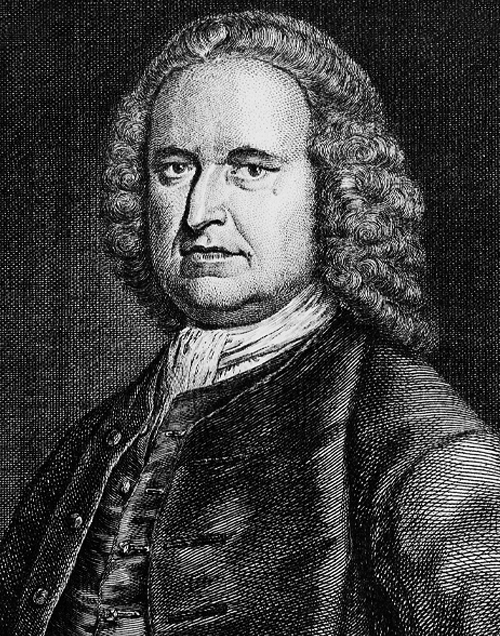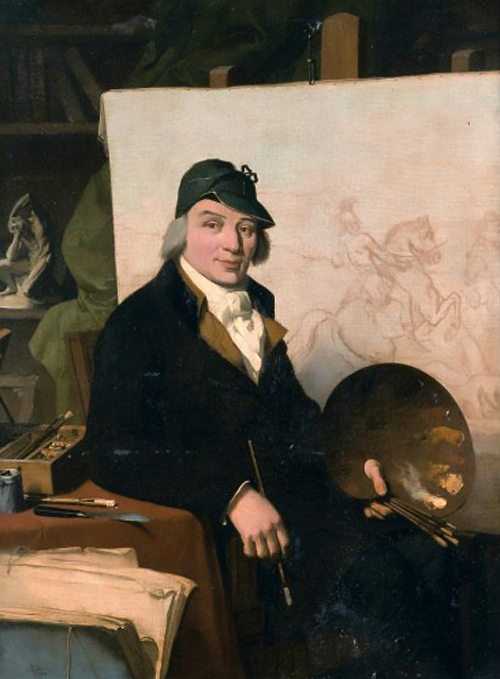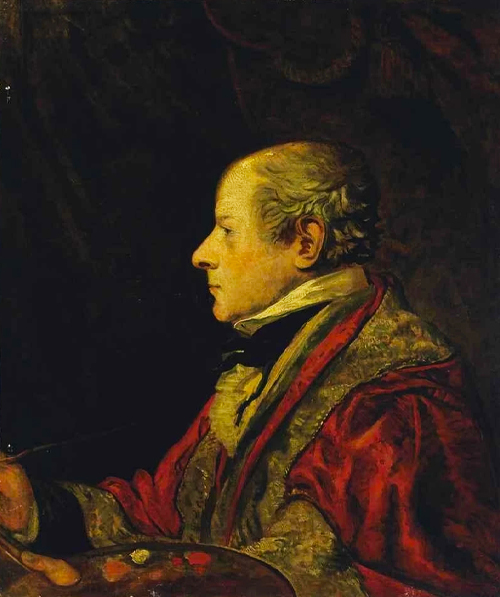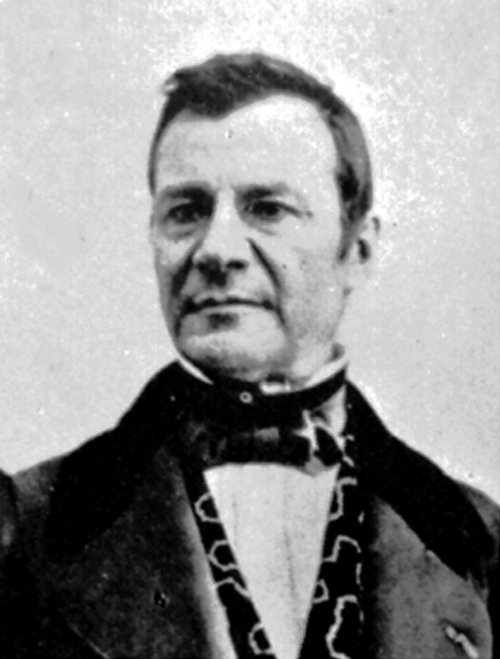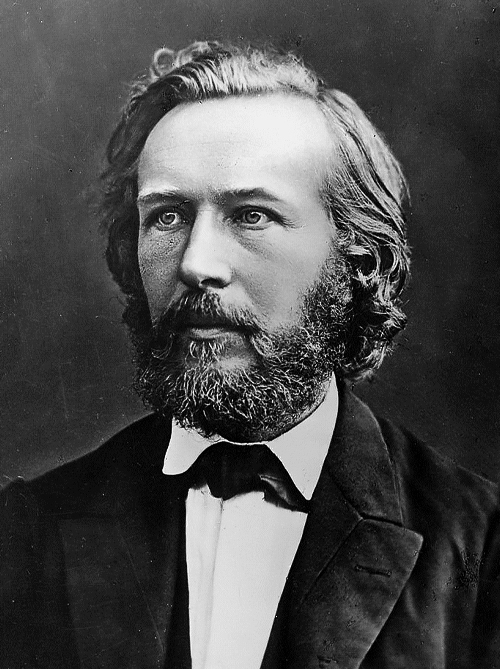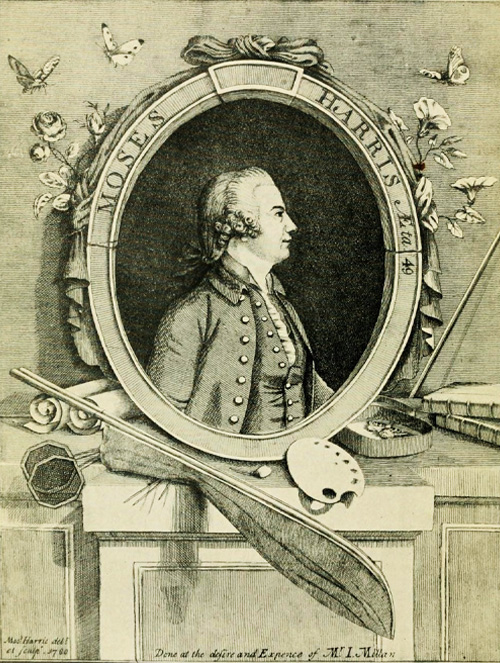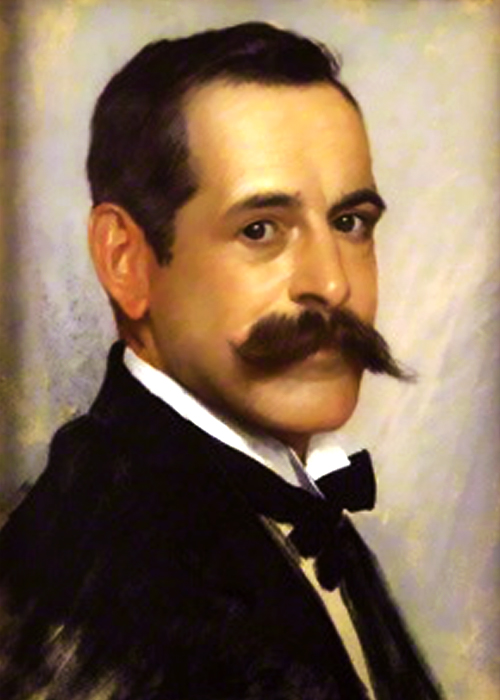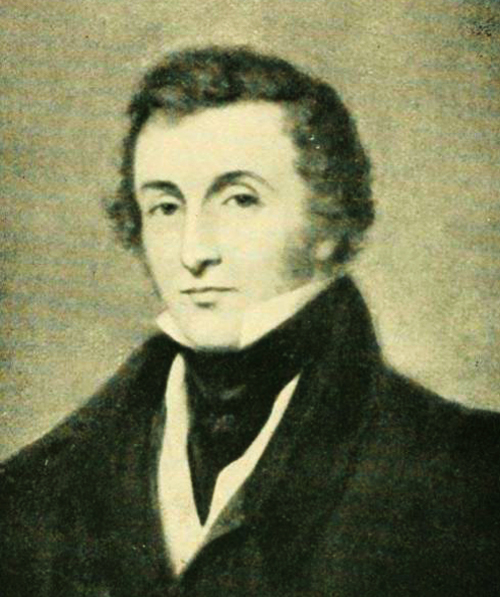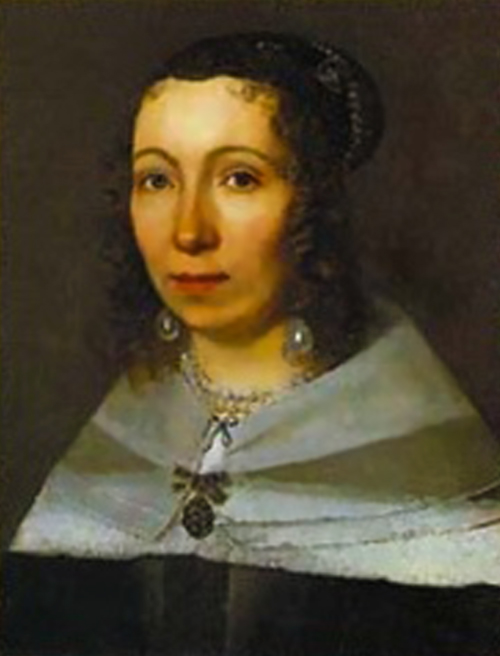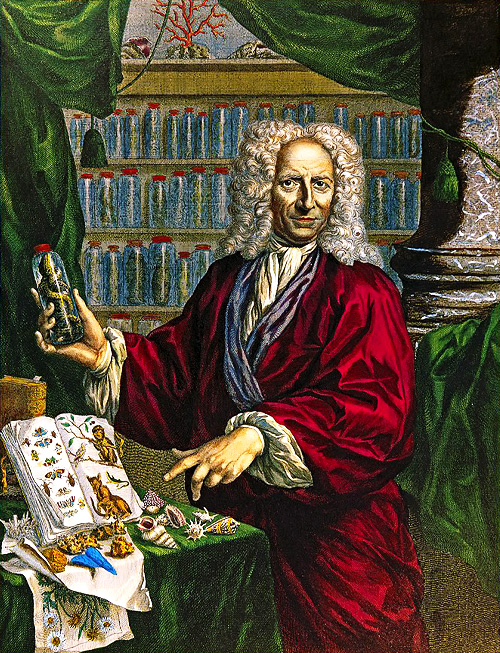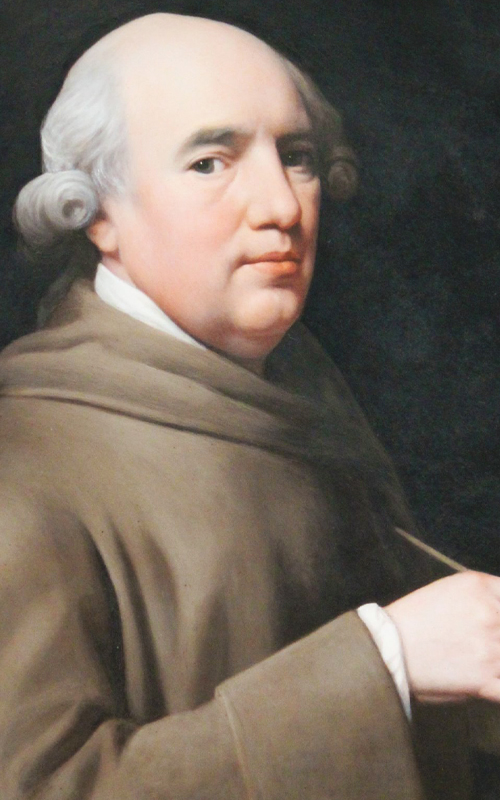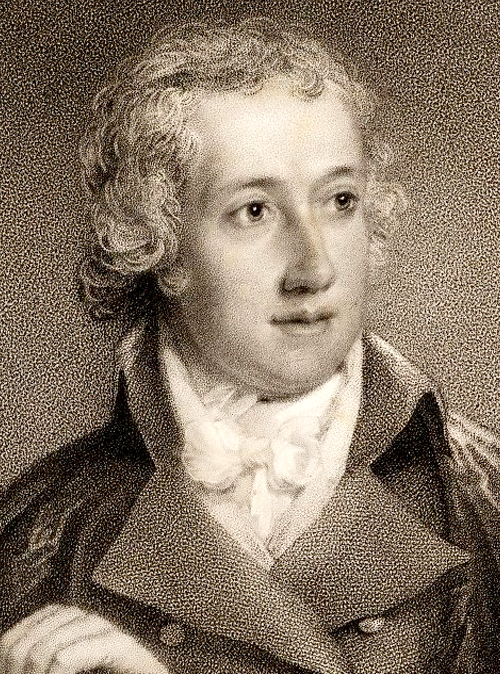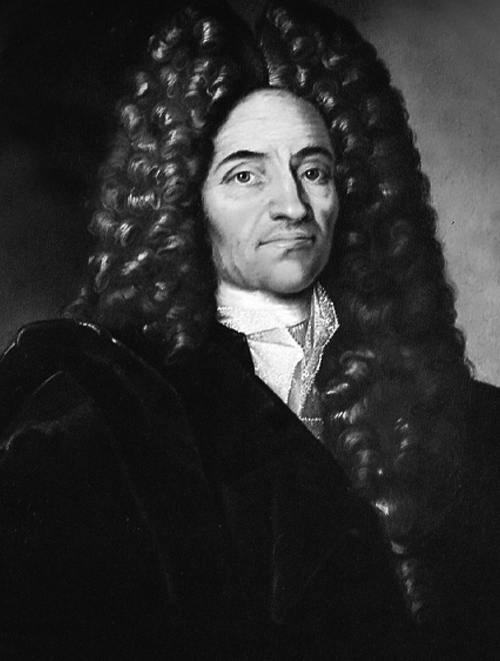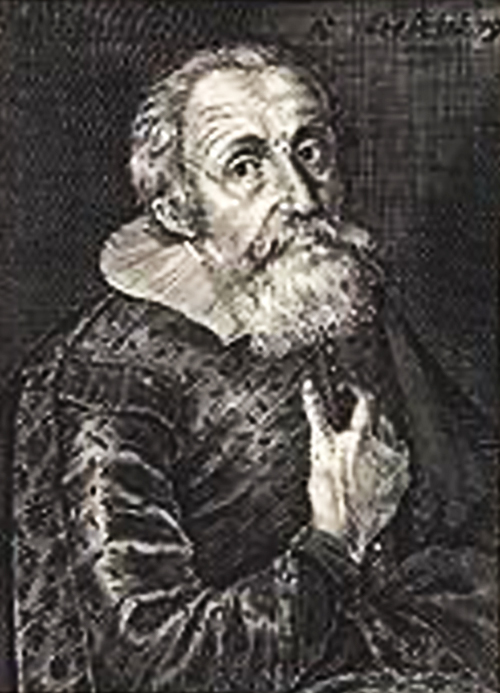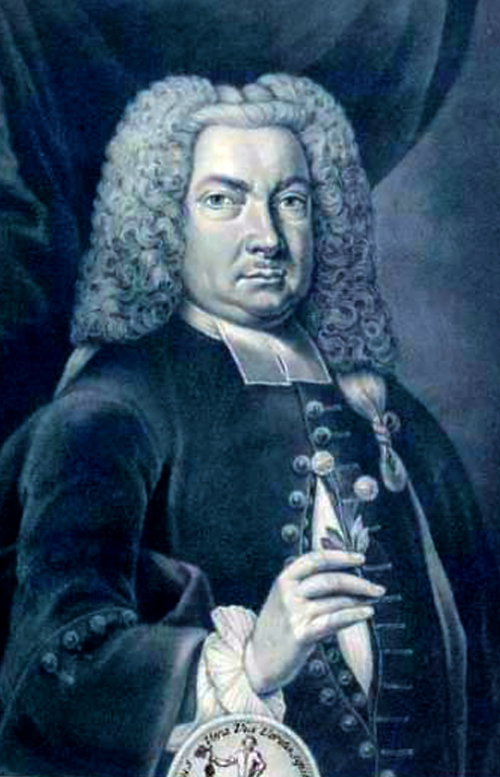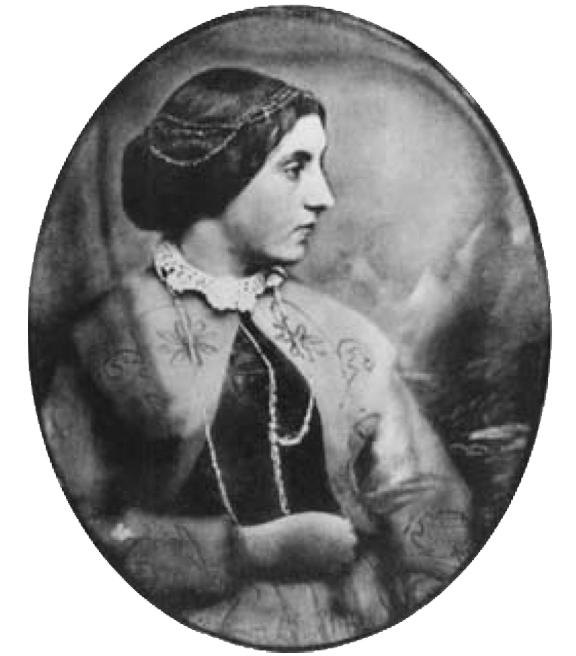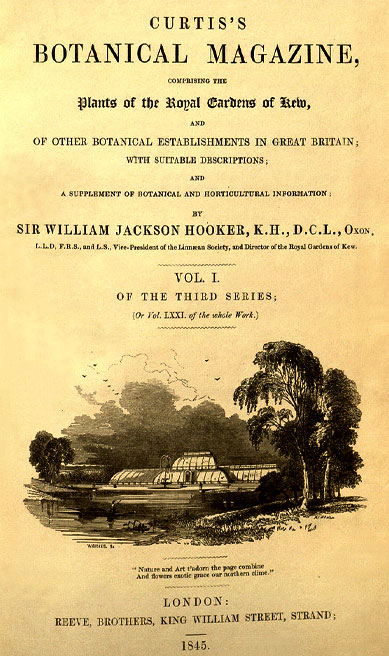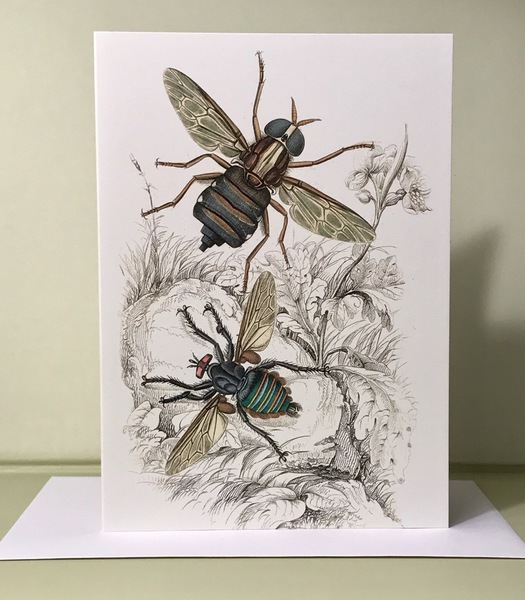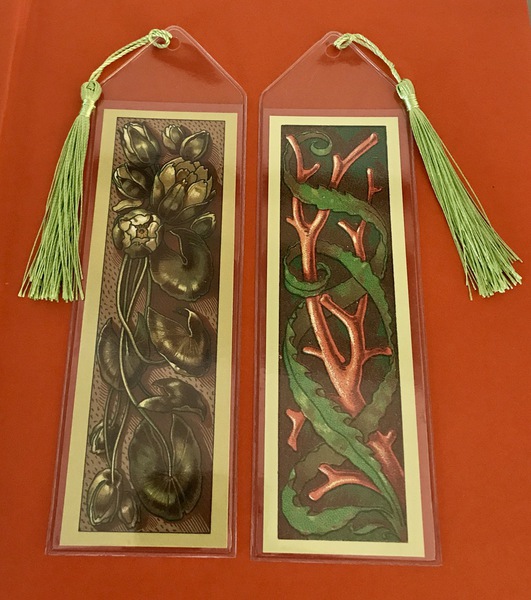Background
A life long love of Nature, Art, Books, Photographs and History was inspirational in creating Melton & Rackley. My early childhood was time spent exploring in the woods, collecting deceased insects, making Lichen terrariums in emptied Duke’s mayonnaise jars, drawing and immersing myself in comic books and encyclopedias. In the sixth grade came my first camera and my first trip to Washington D.C. and The Smithsonian! Then came my escape into classic literature and history to travel in time.
I started collecting antique books as I frequented the flea market and antique stores and began making cards and bookmarks for family and friends with photocopied images from the old books spray mounted onto cardstock. My cousin, the writer, requested bookmarks for her writer friends as gifts. When sharing my photographs of decaying old houses with a friend, she saw the same beauty and encouraged me to continue photographing and sharing, so those photographs became greeting cards. Upon finding a vintage funeral fan in a box of miscellany from my Great Aunt Gladys, I imagined it printed with Albertus Seba’s sea life or Maria Sibylla Merian’s insects & botanicals. I envisioned all sorts of things that these beautiful old whimsical images could adorn and be enjoyed - and so here we are.
Featured Artists
Ulisse Aldrovandi
(1522-1605)An Italian naturalist, physician and the first professor of natural sciences at Bologna, Italy. He established one of the most acclaimed curiosity cabinets in European history, as well as one of the first botanical gardens. Aldrovandi produced an enormous 13 volume encyclopedia on natural history, the best known being “Monstrorum Historia”, published in 1642, decades after his death.
Jacques-Laurent Agasse (1767-1849)
John James Audubon (1785-1851)
A French-American ornithologist, naturalist and painter. His Birds of America, published between 1827 and 1839, is considered one of the finest ornithological works ever completed.
Govard Bidloo (1649-1713)
A Dutch physician, anatomist, poet and playwright. He was the personal physician of King William III. Bidloo’s anatomical atlas, Anatomia Hvmani Corporis, was published in 1685.
Marcus Elieser Bloch (1723-1799)
A German-Jewish physician and naturalist. He is considered to be one of the most important ichthyologists of the 18th century and is best known for his beautifully illustrated 12 volume, Allegemeine Naturgeschichte der Fische, published between 1782 and 1795.
Georges-Louis Leclerc, Comte de Buffon (1707-1788)
A French naturalist, mathematician, cosmologist and encyclopediste. His Histoire Naturelle (1749-1788) was published in 36 volumes, with additional volumes published after his death.
Mark Catesby (1683-1749)
An English naturalist who studied flora and fauna in the New World. He conducted a series of expeditions to the southern colonies of British North America, the West Indies, Jamaica and the Bahama Islands. His The Natural History of Carolina, Florida and the Bahama Islands was published in parts between 1729 and 1747.
Alcide d’Orbigny (1802-1857)
A French naturalist who made major contributions to geology, zoology, paleontology, archaeology and anthropology.
George Edwards (1694-1773)
An English naturalist and ornithologist, known as the “father of British ornithology”. His A Natural History of Uncommon Birds was published in four volumes between 1743 and 1751. Three volumes titled Gleanings of Natural History were published between 1758 and 1764.
Jacques Gamelin (1738-1803)
George Garrard (1769-1826)
An English animal, landscape and portrait painter, engraver, printmaker, sculptor and modeler.
Felix Edouard Guerin-Meneville (1799-1874)
A French entomologist. He is known for his Dictionnaire Pittoresque d’Histoire Naturelle Paris, produced between 1836-1839, in which his illustrations were described as being “as accurate as they were elegant”.
Ernst Haeckel (1834-1919)
A German zoologist, naturalist, artist, marine biologist, physician, philosopher and professor. His most famous publication, Kunstforum Der Natur (Artforms in Nature) 1904, influenced many artists, architects and designers associated with the Art Nouveau movement of the early 20th
Moses Harris (1730-1787)
An English entomologist and engraver. His book, The Natural System of Colors (1766) was one of the first of it’s kind in the history of color, in which he created a system comprised of 660 colors. His The Aurelian or Natural History of English Insects was also published in 1766.
George Percy Jacomb-Hood (1857-1929)
A British painter, etcher and illustrator known for his portraits, landscapes and historical paintings.
Sir William Jardine (1800-1874)
The 7th Baronet of Applegarth, was a Scottish naturalist. He is best known for The Naturalist’s Library, published in forty volumes (1833-1843). His private natural history museum and library were said to be the finest in Britain.
Maria Sibylla Merian (1647-1717)
A German-born Swiss naturalist, entomologist and scientific illustrator. She was first a botanical artist and published her first collection of engravings, Neues Blumenbuch, in three volumes between 1675 and 1680. She was one of the first naturalists to have studied insects and recorded and illustrated the life cycles of 186 insect species. She published a two volume series on caterpillars, The Caterpillars’ Marvelous Transformation and Strange Floral Food, in 1679 and 1683. In 1699, Merian traveled to Dutch Surinam to study and record the tropical insects and produced her Metamorphosis Insecturam Surinamensium, published in 1705.
Albertus Seba (1665-1736)
A Dutch pharmacist, zoologist and collector. He amassed one of the largest cabinets of curiosities of his time. In 1734, he published the first volume of his Thesaurus with beautiful engravings of animal specimens. The second volume was published in 1735 and additional volumes being published, after his death, in 1758 and 1765.
George Stubbs (1724-1806)
An English painter, best known for his paintings of horses and portraits of dogs.
Robert John Thornton (1768-1837)
An English physician and botanical writer. He is noted for The Temple of Flora published in 1807, considered by many to be one of the greatest English botanical publications of the 19th century.
Michael Bernhard Valentini (1657-1729)
A German doctor, professor of medicine and collector. He accumulated an important cabinet of curiosities and published his Museum Museorum in 1714.
Th. M. M. Van Grieken (1842-1914)
A Dutch architect, lithographer and art teacher. His De Plant in hare Ornamental Behandeling, published in 1888 Germany, discusses the expression of the botanical form of plants in an ornamental style used by Art Nouveau architects.
Johann Christoph Volkamer (1644-1720)
A German merchant, manufacturer and botanist. He published a two volume work on citrus titled Nuremberg Hesperides, published between 1708 and 1714, in which he illustrated the citrus plants and fruits above the Nuremberg landscapes, city panoramas and gardens of the city.
Johann Wilhelm Weinmann (1683-1741)
A German apothecary and botanist greatly respected for his writings on medicinal plants and herbs. His florilegium Phytanthoza iconographica, produced in eight volumes between 1737 and 1745, is recognized as the first important botanical work to use color engraved prints.

